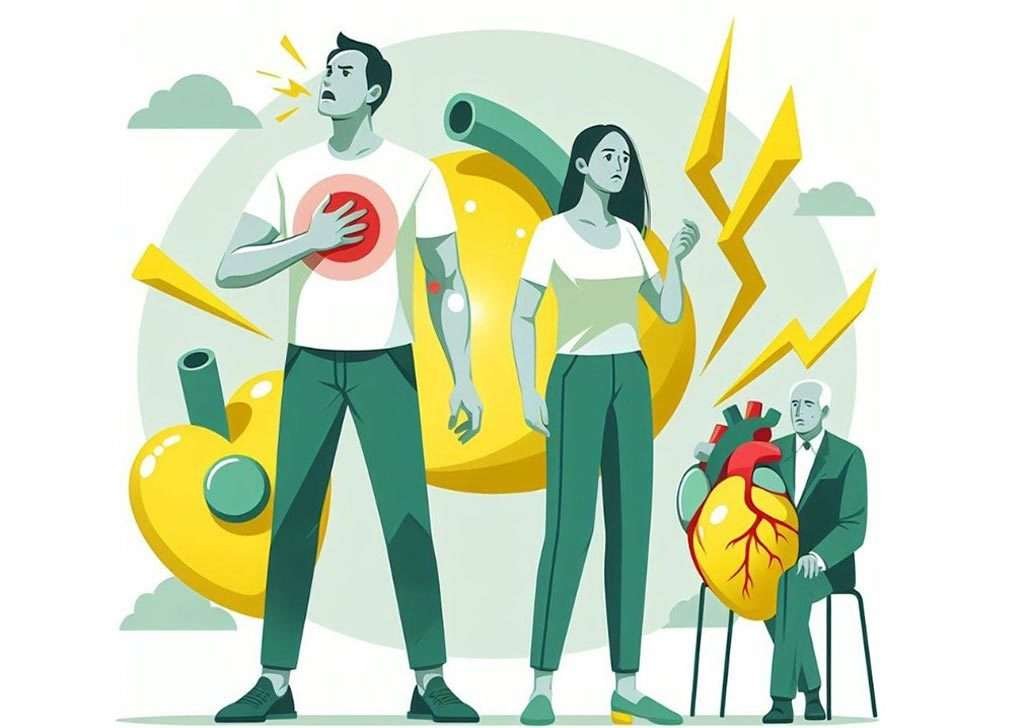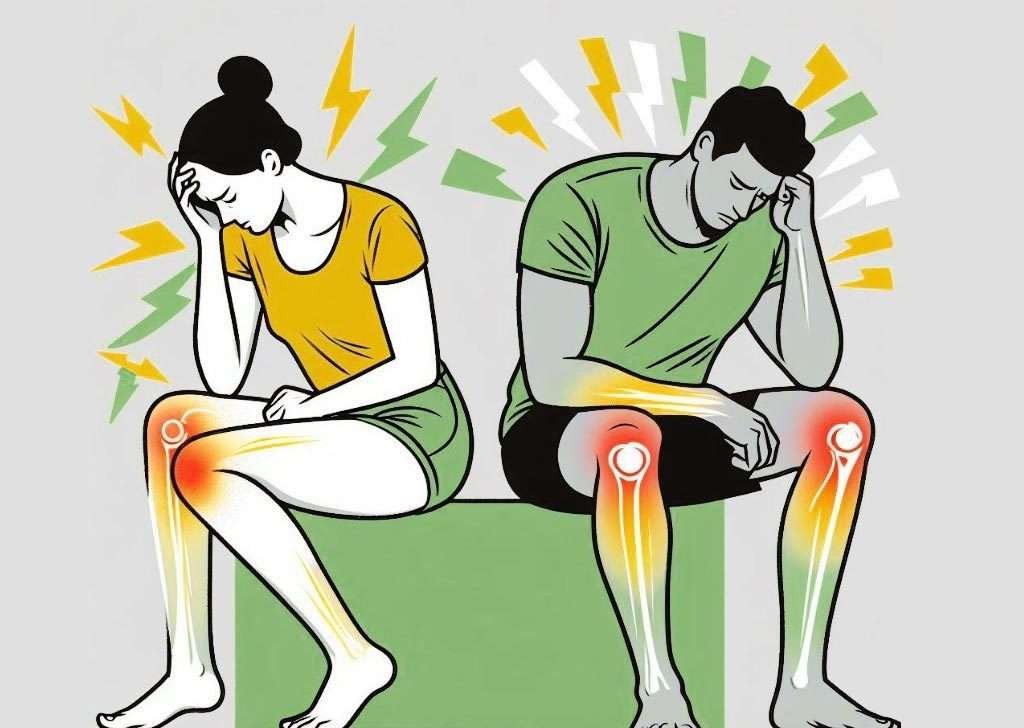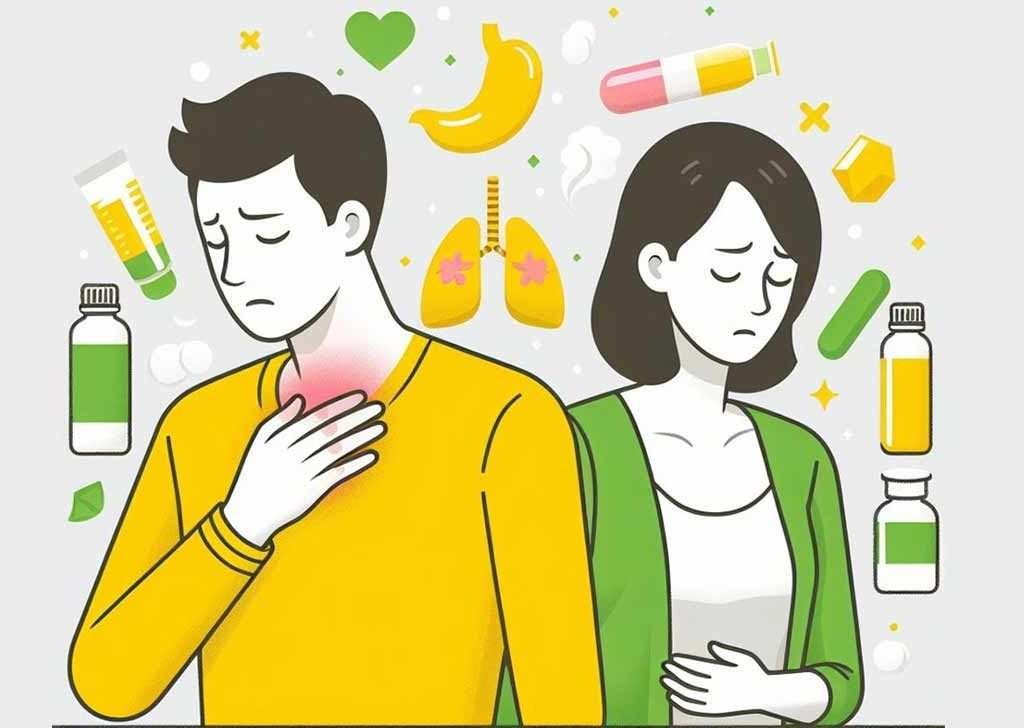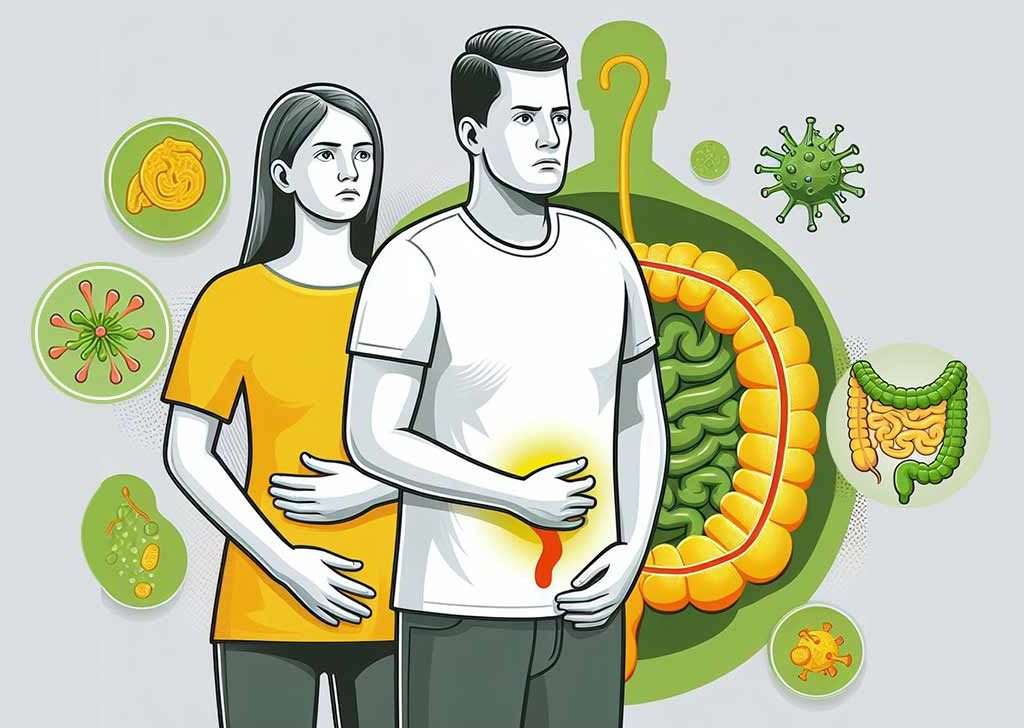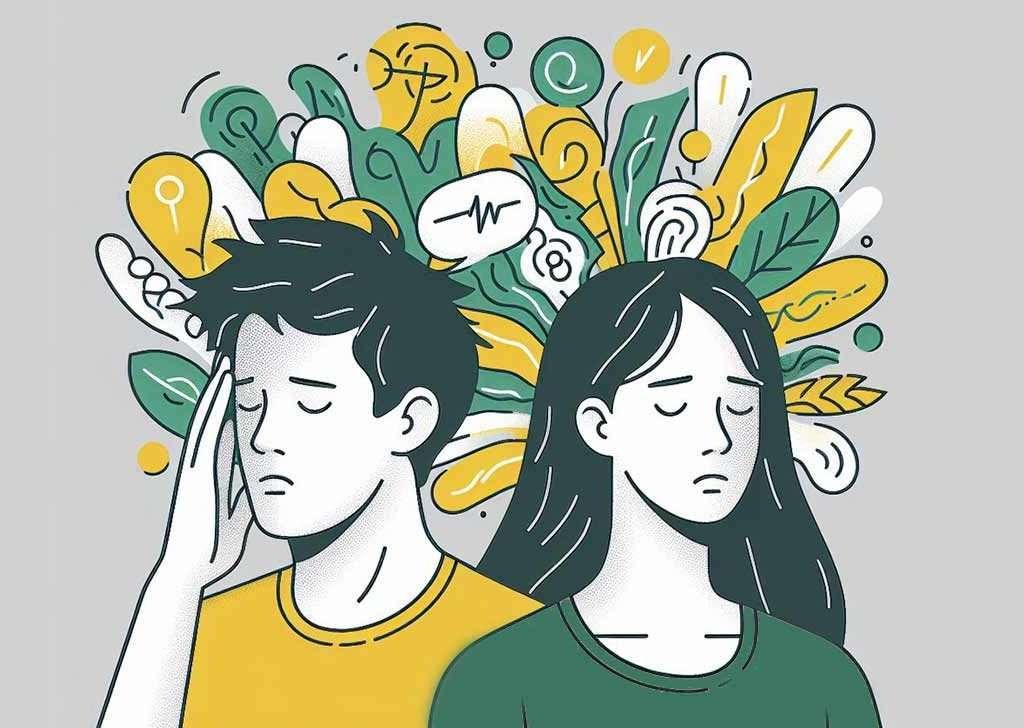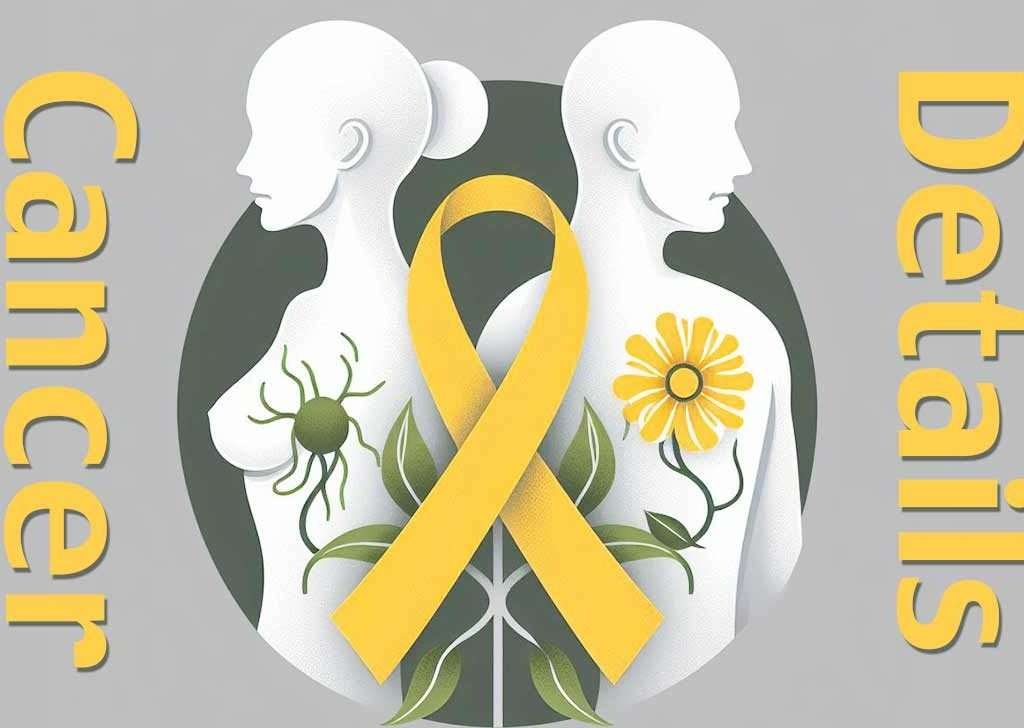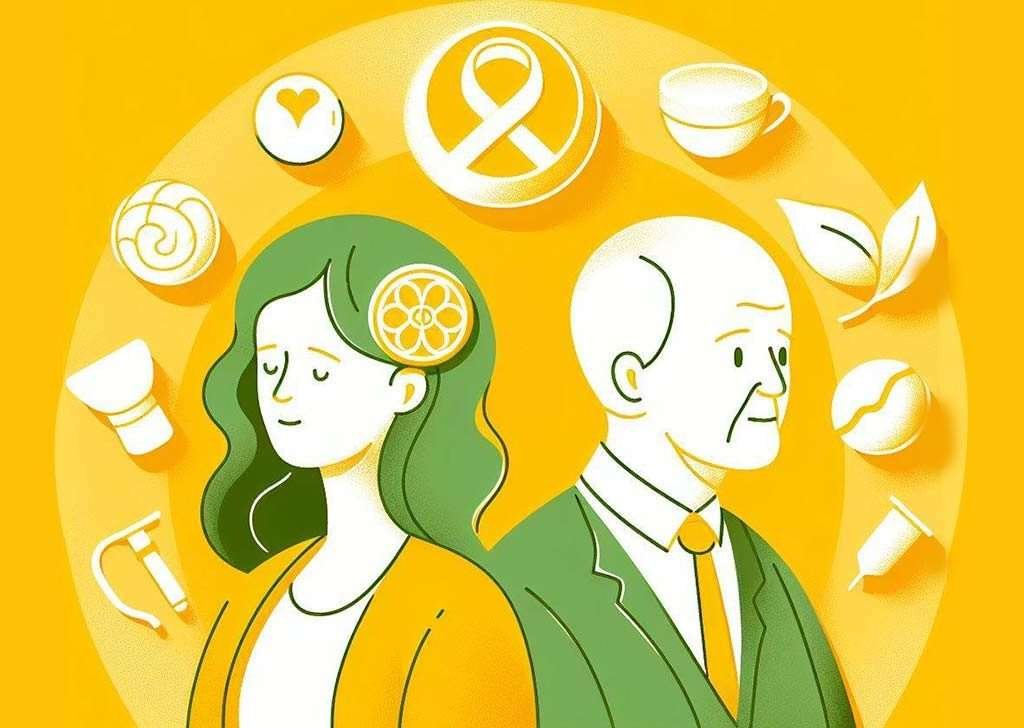can high cholesterol cause headaches? Everyone should know
High cholesterol is a common condition, often associated with cardiovascular diseases, but its relationship with other health problems, such as headaches, is less clear. While headaches are not generally considered a direct symptom of high cholesterol, recent research and evolving medical understanding suggest that there may be indirect links. This article will explore the possible connection between high cholesterol and headaches by examining cholesterol’s role in vascular health, its impact on circulation, and the risk factors that tie cholesterol to conditions that could lead to headaches. Understanding Cholesterol: Types and Functions Before delving into the relationship between cholesterol and headaches, it’s important to understand what cholesterol is and how it functions in the body. Cholesterol is a fatty substance found in the bloodstream and is essential for building cell membranes and producing hormones. It’s transported in the blood by two main types of lipoproteins: The balance between LDL and HDL cholesterol levels is critical. An excess of LDL cholesterol can lead to atherosclerosis, a condition in which the arteries become clogged and narrowed, increasing the risk of cardiovascular diseases. The Role of Cholesterol in Vascular Health High cholesterol primarily affects the vascular system, specifically through the buildup of plaque in the arteries. This condition, known as atherosclerosis, causes the arteries to stiffen and narrow, which can lead to reduced blood flow to various parts of the body. While the effects of high cholesterol are most commonly associated with heart disease and stroke, compromised blood flow can also affect other systems in the body, including the brain. Atherosclerosis and Headaches One of the most plausible connections between high cholesterol and headaches lies in the potential for impaired circulation. If arteries that supply blood to the brain become narrowed or blocked, the reduced blood flow could trigger headaches. These headaches are often related to vascular changes, where the blood vessels constrict and dilate, causing pain. Moreover, atherosclerosis can lead to more serious conditions like transient ischemic attacks (TIAs) or strokes, both of which can manifest with headaches as an early symptom. In these cases, the headaches would be secondary to the underlying vascular issue caused by high cholesterol. Types of Headaches Potentially Linked to High Cholesterol There are several types of headaches that may have an indirect link to high cholesterol due to the role of vascular health. These include: Cholesterol, Inflammation, and Headache Risk Another factor that may link high cholesterol to headaches is inflammation. Cholesterol, particularly when it builds up in the arteries, is associated with increased inflammation. The body’s immune response to this buildup involves the release of various chemicals that can cause blood vessels to swell and tighten. This inflammation could lead to vascular headaches, especially in people who already have underlying inflammatory conditions. The Inflammatory Response and Vascular Health Inflammation plays a key role in atherosclerosis, and it’s one of the body’s defense mechanisms against injury to the arterial walls. However, chronic inflammation can have damaging effects, leading to the thickening and narrowing of arteries. This is significant because vascular headaches, such as migraines, are often triggered by inflammatory processes. Elevated cholesterol levels can worsen this inflammation, creating a vicious cycle that heightens the risk of vascular-related headaches. Cholesterol Medications and Headaches While high cholesterol may indirectly contribute to headaches, the treatment of high cholesterol, specifically through the use of statins, may also play a role in headache development. Statins are commonly prescribed to lower LDL cholesterol levels, and while generally well-tolerated, they can have side effects, including headaches. Statin-Related Headaches Some people who take statins report headaches as a side effect. The exact mechanism is not entirely clear, but it’s believed that the reduction of cholesterol levels and its effects on cell membranes and circulation might contribute to the onset of headaches. Additionally, statins can cause muscle pain and fatigue, which may trigger tension headaches. Although statin-related headaches are not usually severe, they can be bothersome for some patients. It’s important to consult a healthcare provider if these side effects become problematic, as there may be alternative cholesterol-lowering medications or lifestyle adjustments that can be made. Other Health Conditions That Link High Cholesterol and Headaches Apart from vascular issues and inflammation, high cholesterol can increase the risk of other health conditions that are associated with headaches. These conditions include: 1. Hypertension High cholesterol is a major risk factor for hypertension, which can cause headaches. When blood pressure rises due to arterial stiffness or plaque buildup, the increased pressure on the blood vessels in the brain can lead to head pain. Hypertension headaches are often described as a pulsating or throbbing sensation, and they tend to worsen with physical activity. 2. Stroke High cholesterol increases the risk of stroke by contributing to the narrowing of arteries that supply blood to the brain. One of the warning signs of a stroke or a TIA is a sudden, severe headache. These headaches are often accompanied by other neurological symptoms, such as weakness on one side of the body, confusion, and vision problems. While not all people with high cholesterol will experience a stroke, those with significantly elevated levels are at a greater risk. 3. Sleep Apnea There is some evidence to suggest a link between high cholesterol and obstructive sleep apnea (OSA), a condition in which breathing stops and starts during sleep. People with OSA are more likely to have elevated cholesterol levels, and they are also prone to experiencing headaches, particularly in the morning. The exact relationship between sleep apnea, cholesterol, and headaches is still under investigation, but it may involve reduced oxygen levels and increased inflammation. Preventing Headaches by Managing Cholesterol Given the potential links between high cholesterol and headaches, managing cholesterol levels can be an effective strategy in reducing the risk of headaches related to vascular issues and inflammation. Several lifestyle changes and medical interventions can help maintain healthy cholesterol levels: 1. Diet A diet rich in fruits, vegetables, whole grains, and healthy fats (such as omega-3 fatty acids) can help lower LDL cholesterol and
can high cholesterol cause headaches? Everyone should know Read More »

